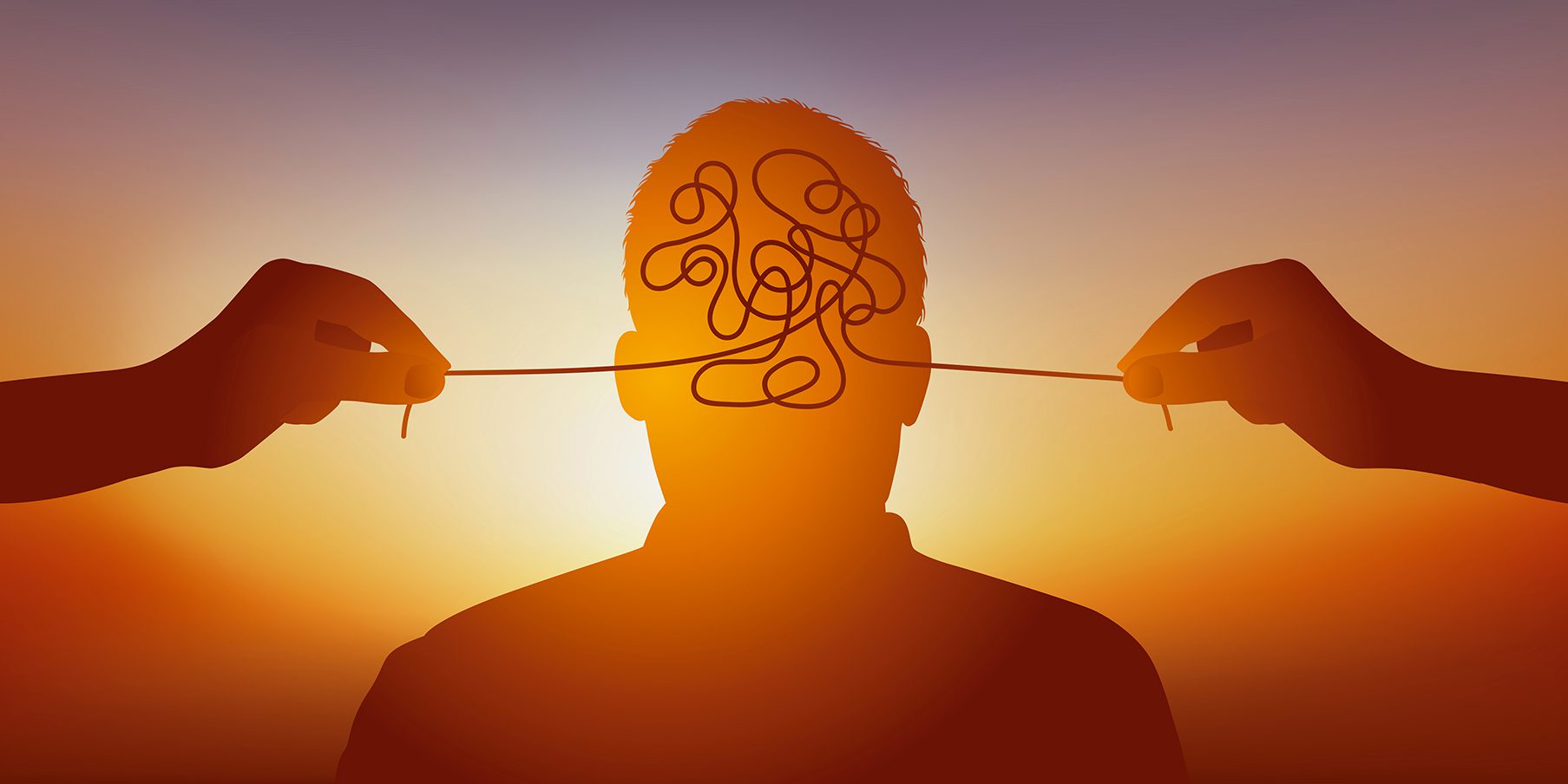What exactly is downtime? It’s probably not what you think
Wednesday, December 14, 2022
Ideation is one of the best approaches, especially if your goal is to innovate. The conversation on ideation will always go back to the ideator — the one going through the creative process.
In a previous article, we mentioned the importance of downtime and how crucial it is to productivity. Downtime allows you to recalibrate your brain so that it is more suited for ideation and makes it easier to think about creative solutions.
We always hear about downtime, and most believe we know all about it. And yet there are a few misconceptions about this here and there.
If you ask any random person what their idea of downtime is, you’ll likely come across any of the following responses:
Watching Netflix
Spending time at the gym
Playing golf (or any other sport, for that matter)
Playing video games
Playing chess
Going on a long drive
Throwing a party
Reading a book
Having a conversation over a beer
If you agree that any of these are examples of downtime, then like so many others, you are mistaken!
The activities mentioned above are all leisurely activities — but these are NOT downtime. Perhaps that’s the confusion right there. We’ve been so accustomed to the cycle of doing busy work and going hard that nearly everything else we do outside of work is perceived as downtime.
For any activity to be considered downtime, it should have little to no brain processing work at all. The activities mentioned in our list would require a lot of things, including your focused attention. These might not be office work, but nonetheless, they require a lot of brain work.
Simply put, downtime is detachment from any activity that puts your brain to work. That’s why there is hardly anything that can be considered downtime apart from sleep and dreaming. You could include simply being in nature in this short list of downtime activities. Maybe getting a massage and wallowing in the bathtub can be thrown in there, too.
According to a study, thinking relies on the coordination of two brain networks, which have completely different ways of managing information.
The first one is the task-positive network, which is the goal-oriented part of your brain. It lights up when you are paying attention, making a decision, or comprehending and solving a problem. The second one is the default mode network, which is the imagination network. This is at work during the brain’s resting state, which you can only achieve when you are not paying attention to anything. The latter is what activates during downtime.
The imagination network is crucial to innovation and creativity, which is why you cannot force it to come to you. Creativity comes in a rather passive state. This means that you need to let your brain loose every so often to bring out the best in its creative abilities.
If you learn to have downtime correctly, ideation shouldn’t be hard to come through. It may even be the most fun you’ll ever have at work.


